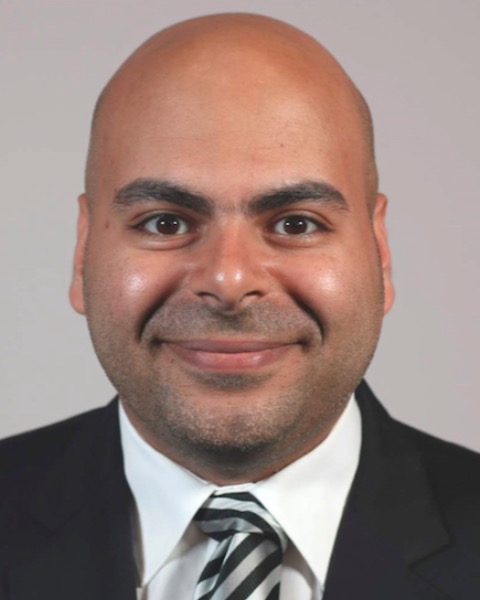Pediatric Interventions
An Interventional Radiologist’s Primer for Congenital Cardiac Repair
- RM
Rohil Malpani, MD (he/him/his)
Resident
Dept. of Radiology & Biomedical Imaging, University of California (San Francisco)Disclosure(s): No financial relationships to disclose

Shin Mei Chan, BS
Medical Student
Yale University School of Medicine
Mohamed M. Shahin, MD (he/him/his)
Assistant Professor
UTHSC Houston- AB
Aaron M. Bogart, DO
Faculty
Interventional Radiology, Seattle Children's Hospital, University of Washington School of Medicine 
Rakesh S. Ahuja, MD
Vascular & Interventional Radiology
Radiology Associates of North Texas
Abstract Presenter(s)
Author/Co-author(s)
Provide a pictorial review of congenital cardiac repairs with relevance to procedures performed by vascular & interventional radiologists (VIR).
Background:
About 1/4 patients with congenital heart defects (CHD) require surgery which entails alteration or creation of new vascular anatomy. As VIR’s role in assessing and treating pediatric surgical patients increases, understanding these surgically corrected anatomy, imaging findings and interventional implications associated with common CHDs is imperative.
Clinical Findings/Procedure Details:
Blalock-Taussig shunts are temporary shunts used to increase pulmonary blood flow while pulmonary artery (PA) pressures normalize; on imaging, a synthetic graft connects the subclavian artery to the PA. A bidirectional Glenn (BDG) shunt is an end-to-side anastomosis between a ligated superior vena cava (SVC) to the right PA. For VIRs, the placement of central lines will demonstrate tip termination in the PA. There is possibility of SVC syndrome, shunt thrombosis, pulmonary arteriovenous malformations, or aortopulmonary collaterals. The Norwood procedure treats hypoplastic left heart syndrome. On imaging, the SVC empties into the PA through a BDG shunt; the IVC blood empties to the PA through a Fontan conduit. There are two Fontan approaches. In the lateral tunnel approach, an atriotomy is created for a baffle for caval blood to reach the right PA. In the extracardiac conduit approach, the IVC is divided at the cavoatrial junction. A synthetic conduit connects the IVC to the right PA. Thrombosis is common; many require life-long anticoagulation. In the Damus-Kaye-Stensel procedure for transposition of the great arteries, the main PA is divided and the proximal PA is anastomosed to the ascending aorta; a conduit connects the RV to the distal PA. In the Waldhausen procedure for aortic coarctation, the left subclavian artery is ligated and used as a flap. In total anomalous venous pulmonary return (TAVPR), the extracardiac repair approach involves anastomosing the venous confluence to the left atrium (LA). In the cardiac approach, the wall between the coronary sinus and the LA is cut. In partial anomalous pulmonary venous return (PAPVR), the anomalous pulmonary vein drains into a systemic vein instead of the RA; for IRs, this may present as a malpositioned line on imaging.
Conclusion and/or Teaching Points:
For VIRs, CHD and their surgical repairs encompass a wide-range of anatomic considerations to perform safe interventional procedures. This pictorial review will include imaging and illustrative diagrams highlighting the key findings for the major types of congenital cardiac repairs.

.png)
.png)
.jpg)
.png)
.png)
.jpg)
.png)
.jpg)
.png)